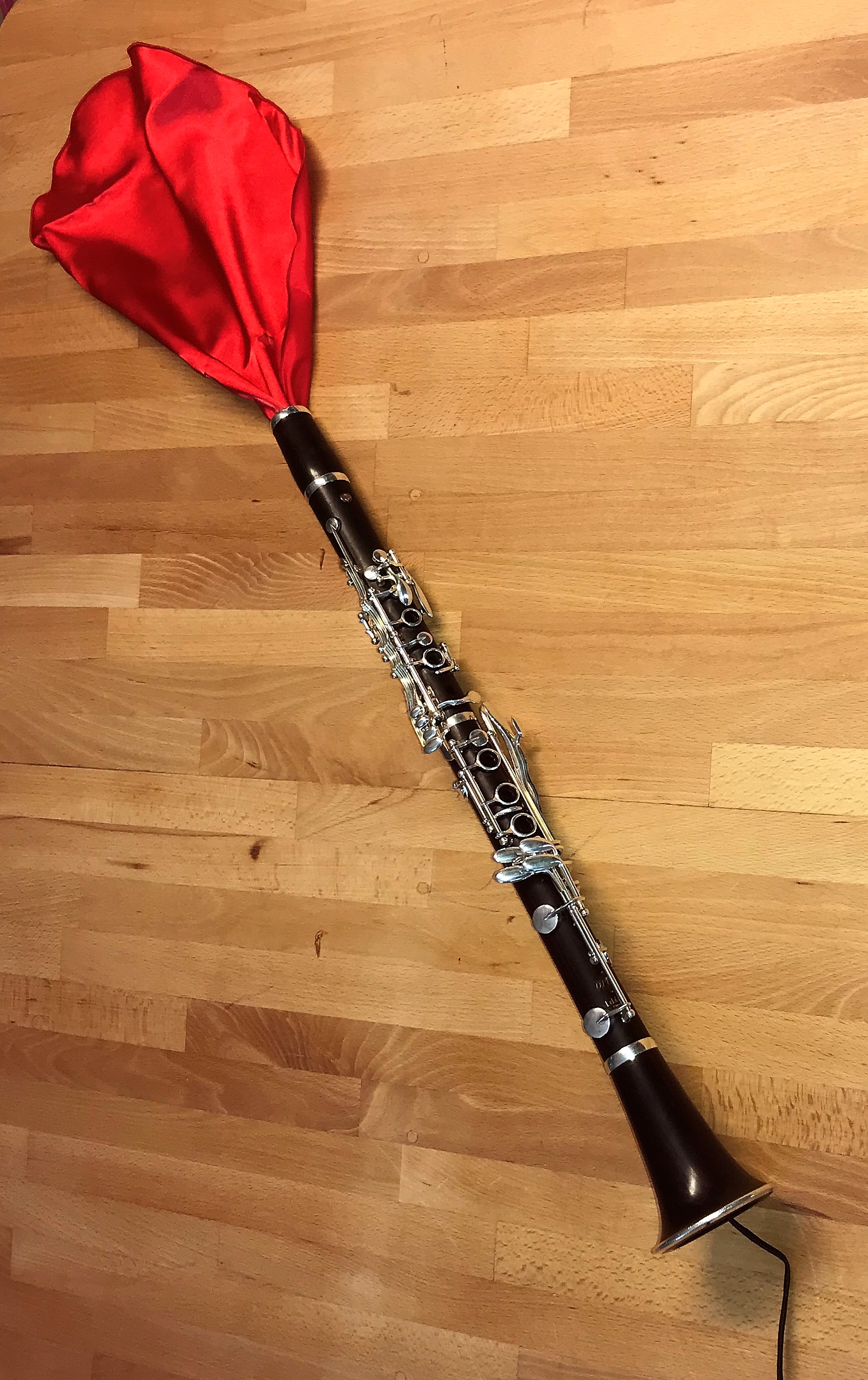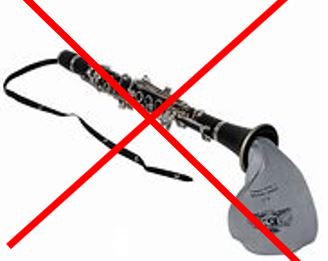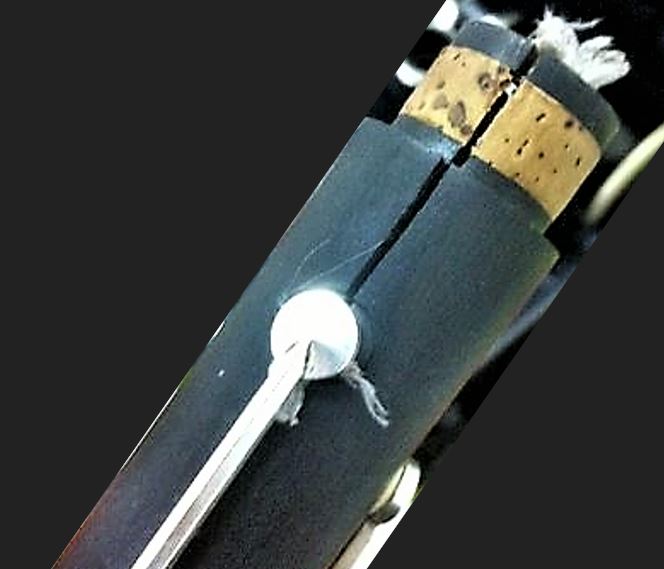-
Lohff & Pfeiffer
About Lohff & Pfeiffer
Iimprint
Contact
Newsletter
Location
L&P team
- Instruments
General
Trade options
About clarinet
Search specific instrument
Ab-clarinet
Eb-clarinet
D-clarinet
C-clarinet
Bb-clarinet
A-clarinet
Mozart basset-clarinet A
G-clarinet
Bassethorn F
Alto-clarinet Eb
Bass-clarinet
Contraalto Eb-clarinet
Contrabasse Bb-clarinet
German-Albert system Bb
Reform Boehm A & Bb
Peter Bastian Instruments
Plateau clarinets
Quartertone clarinet
- L&P Optimization
Optimization
Customization
Specialities
Special Keywork
- Accessories
General
Care products
For instruments
Reeds
Tools for reeds
Straps and hand rests
- Repair
Book time
About Repair
Maintenance
Plating-Surface treatment
Pads
Padding style
Cracks
Tone hole problems
Joints
- Tips & Advice
How to..
Videos
Worldwide external information
Problems & help
Education & learning

Always pull the swab from the top.Swab the right way
Some thoughts about swabbing
Swabbing a woodwind instrument is probably one of the first things you will learn in your first lesson. Did you ever ask yourself:
1. Is it necessary?
2. What does it do?
3. How should I do it correctly?
4. Might it be harmful?
Most woodwind instruments are made out of African blackwood, also called Grenadilla wood, or by its African name Mpingo. The wood is very dense, hard, and heavy. It was exposed to extreme weather conditions for a very, very long time. The wood used for instruments has been around for 200-300 years before they were harvested. They were exposed to severe heat, monsoon rain, winds, and maybe elephants scratching their back on it many times. It is one of the most stable woods on this planet.
After it was cut and prepared to become an instrument, the wood was dried, either through a long aging process or artificially with heat ovens to a low humidity level of around 6%. This is necessary to be able to install the mechanism safely.
As soon as you start playing on the wood again the process is reversed and the humidity level will increase. This will create a very high humidity level inside the bore while the outside is still very low. That's what could trigger the wood to crack. Our goal is not to keep the wood dry as long as possible but to avoid fast humidity changes. A constant well-humidified wood is the best but it should not be hypersaturated. read more
Another reason is to avoid water running into the tone holes and preventing us from playing without disturbance. We swab to reduce the humidity but not to avoid it completely.
How to swab
It is common practice to swab an instrument from the bell-to-mouthpiece. That will also be the way it is explained in many tutorials, and you will see many illustrations with it.
Never,ever pull it from the button
This has several disadvantages and as a repair shop, we have helped many players with the problems caused by this practice.
Should a knot develop in the swab (and it commonly does), it will become stuck at the narrowest spot, i.e. the register tube. You try to pull the swab through the instrument and when the cloth gets stuck at the tube the cord could break. The swab is stuck inside the bore and you have nothing to grab. There is a good chance that it will require a professional to remove it.
This picture shows what can happen when brute force is applied to try to get it out again. So don't do that!!
Avoid this, by swabbing it the right way
You can avoid this happening by just getting used to a very simple change in your routine. Always pull the swab from the top to the bottom. It could still get caught, and the cord could break but there will always be enough of the swab showing to remove it without force should it get stuck at the register tube.
Another reason
Another reason for swabbing in this direction is that when pulled from the bell, the tone holes will slowly close on the top side of the hole as dirt is gradually pressed into them, causing possible intonation issues. When pulled from the other direction, any dirt will accumulate on the bottom side, which can make the tone a bit stuffy but won't lower the pitch as much.
Don't use pull-through swabs on mouthpieces
Cleaning the mouthpiece is essential but requires special care. As with the instrument itself, pulling through with a swab will cause gradual wear. It is better to use a soft cloth for the rails, table and chamber, and an old-fashioned, woolen mouthpiece cleaner for the bore.
Don't overswab
When you pull a swab through your instrument, it will wear out the bore. The harder it is to pull it through, the more it will damage the bore over time. Within 6 years you will have pulled it through thousands of times and the bore will be measurably larger. You will notice a rise in pitch and the sound becomes more open.read more
.That's why we recommend swabbing carefully, using only microfiber or silk swabs or goose feathers if you can find them, and don't overdo it.
Other types of wood
All other woods are softer and more fragile. Some of them can even mold if they have been exposed to too much humidity.
Find the right swab
Help us to get better
Was this article helpful?
Comments, additions or questions are always welcome at: info@clarinet.dk(C) 2014 - by Lohff & Pfeiffer - Brøndbyvej 211 - 2625 Vallensbæk + 45 3535 8643 - SE DK 1895 7485 info@clarinet.dk - Instruments






